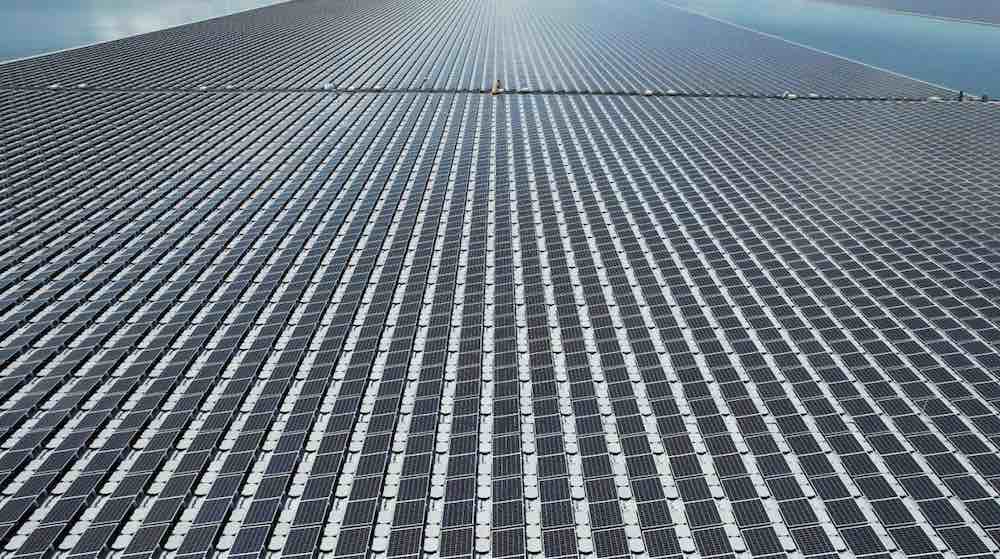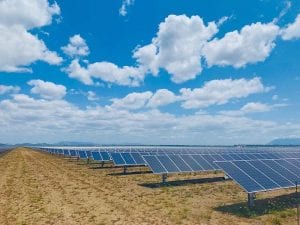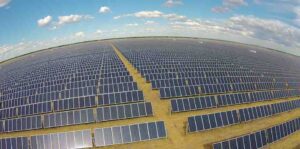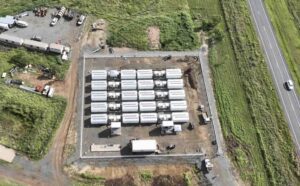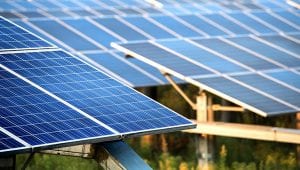Indonesian power company PLN Nusantara Power has launched a tender to develop a 100MW floating solar project in central East Java.
While details are few, PLN Nusantara announced earlier in January its “pre-qualification process for a strategic partner selection process”. Designed to identify potential partners but not requiring a binding offer or partnership, interested parties must already have expressed interest in partnering to develop solar projects with the utility.
The so-called Karangkates Floating Photovoltaic Solar Power plant will have a capacity of 100MW and, given its name, would appear set to be located on the Karangkates reservoir located in the south of East Java.
Indonesia currently has very little renewable generation.
Reliant on fossil fuels, the International Energy Agency (IEA) reported early last year that Indonesia’s energy mix was 63% coal, 18% natural gas, with only 7% hydroelectric and 10% non-hydro renewable energy (which is predominantly geothermal and biofuels).
In terms of ambition, Indonesia’s roadmap targets 23% renewables by 2025, 28% by 2038, and 31% by 2050.
But there is scope to do much more. An International Renewable Energy Agency (IRENA) identified in October the potential for renewables to account for 85% of the country’s energy mix by 2050.
And in November of last year, Australian solar export hopeful Sun Cable signed a Memorandum of Understanding to work with the Indonesian government to unlock more than $150 billion in “green industry” growth in the archipelago.
Where this MoU stands now, after Sun Cable’s move into voluntary administration earlier this month, remains to be seen. Administrators on Wednesday kicked off the sale process for the company, after billionaire backers Andrew Forrest and Mike Cannon-Brookes couldn’t resolve their differences about its business plan.
In the immediate future, Sun Cable’s main focus will be on its cornerstone project, the Australia-Asia Power Link: 20GW of solar, and up to 42GWh battery storage, along with an 900MW, 800km transmission line to Darwin, and a 4,200km sub-sea cable to provide a 1.75GW power connection to Singapore.
Indonesia, meanwhile, seems to be focusing on advancing a number of floating solar projects across the country. In May 2022, Saudi Arabian developer ACWA Power received the go-ahead to develop 110 MW of floating solar, while in late-2021 Indonesian energy company Pembangkitan Jawa Bali (PJB) reached financial close on the 145 MW Cirata floating PV plant.

